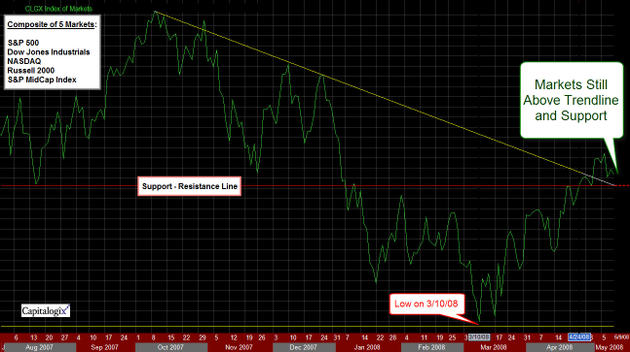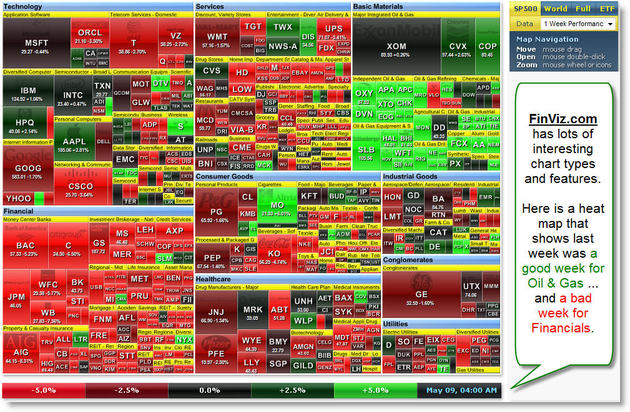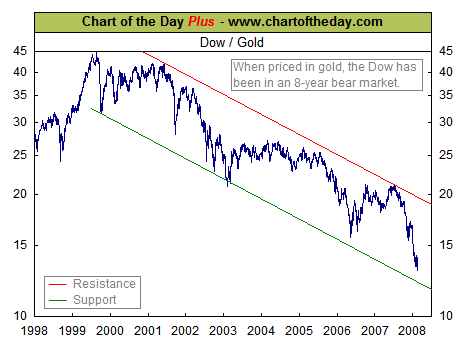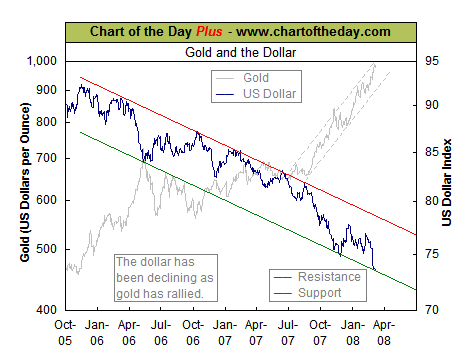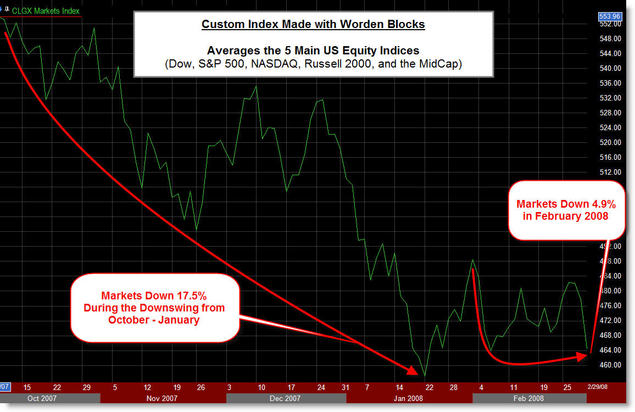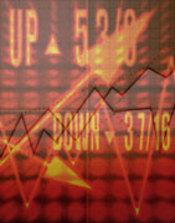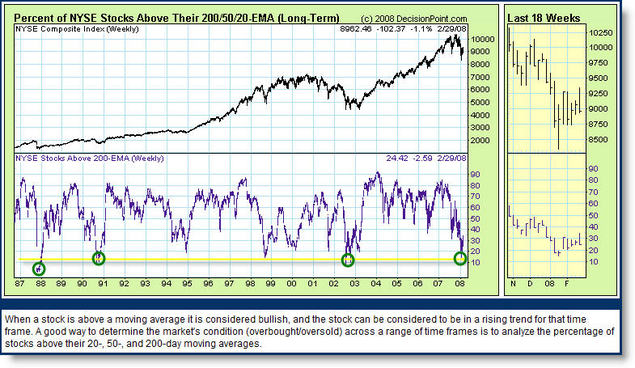event like a Fed Statement. Each is searching for a substantial
answer. Trouble is, there's bias towards "substantial."
Is there really
an "Answer"? Doesn't each tick, each move, produce new questions?
It's
sometimes like a "Magic Eye" hidden picture. You are searching for the
vision and all you see is nonsensical chaos. Yet when seen from the right perspective, and with the right focus,
there is a higher order and the picture becomes clear.
Time plays a
role here. Timeframe plays a role here. But so does knowing when the signal to
noise ratio tells you not to pay attention. Sometimes noise is just noise.
I've
been thinking about how the market whispers when to play offense, when
to play defense, and when not to play at all. What gives us a clue
that something meaningful is happening? Is it:
- Price Moves;
- Volume;
- When Some Moving Average is Above or Below Some Other;
- Sentiment
- Fundamental Data
- Technical Indicators?
As someone who's played this game for a long time, I'm not looking for magic bullets. But if I wasn't willing to look, it would be difficult find. So, model-building and testing will continue. I'll share more as the picture comes into focus.

